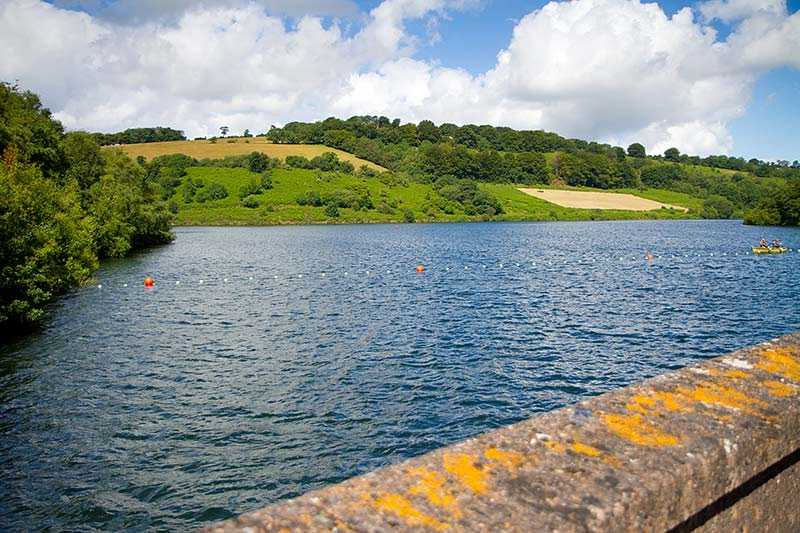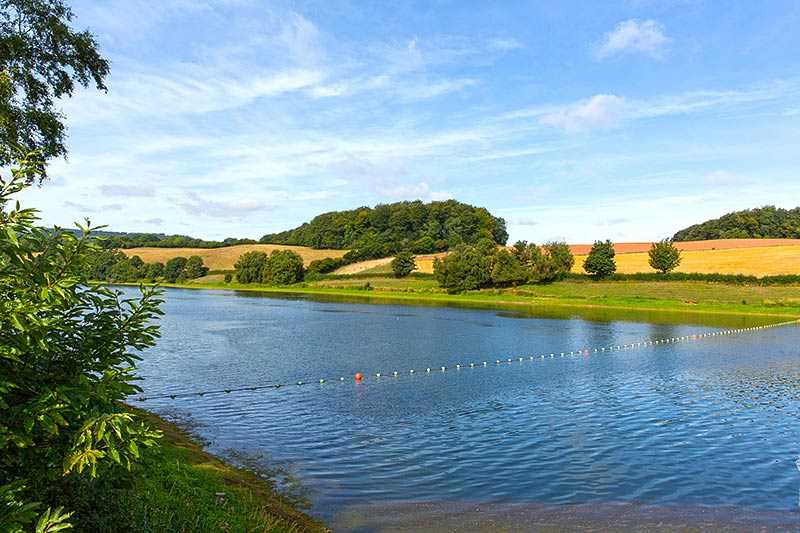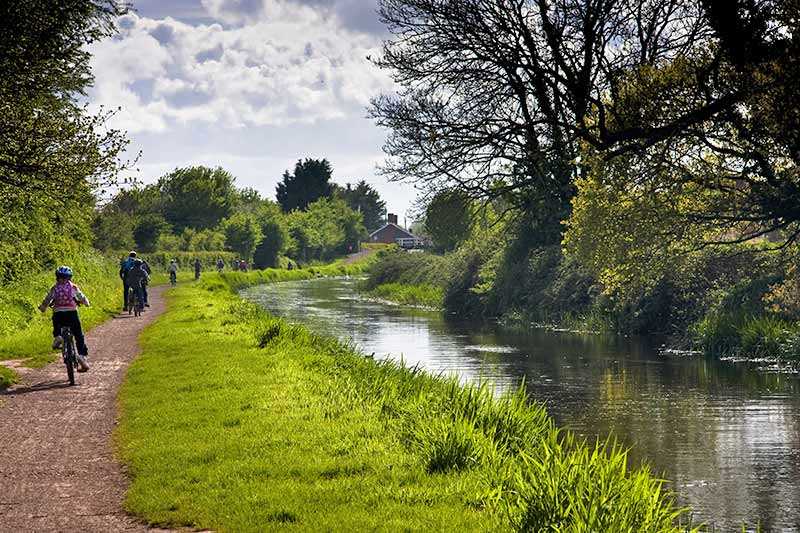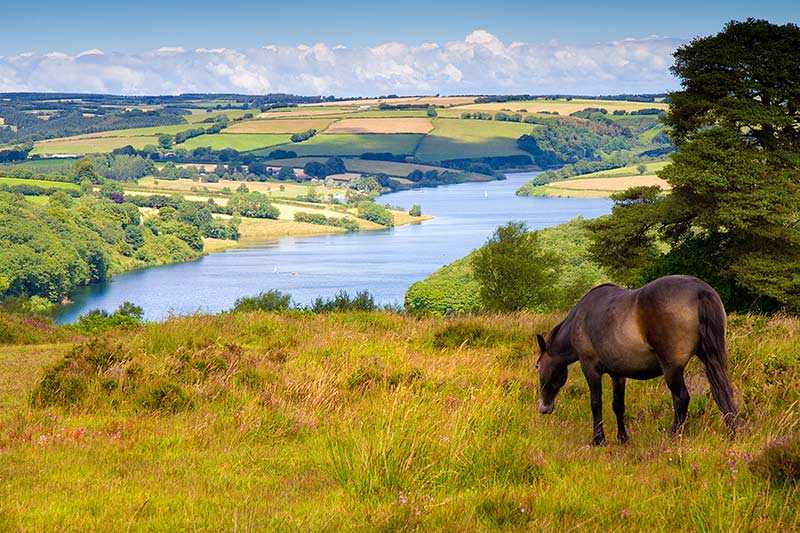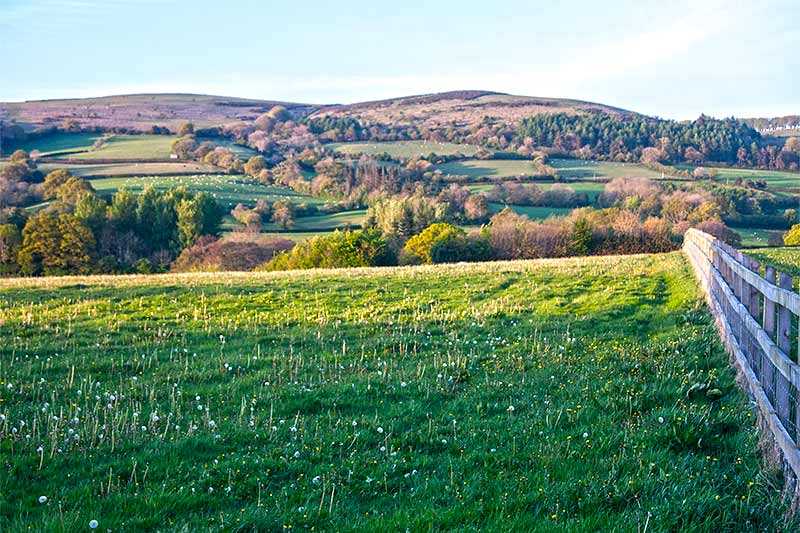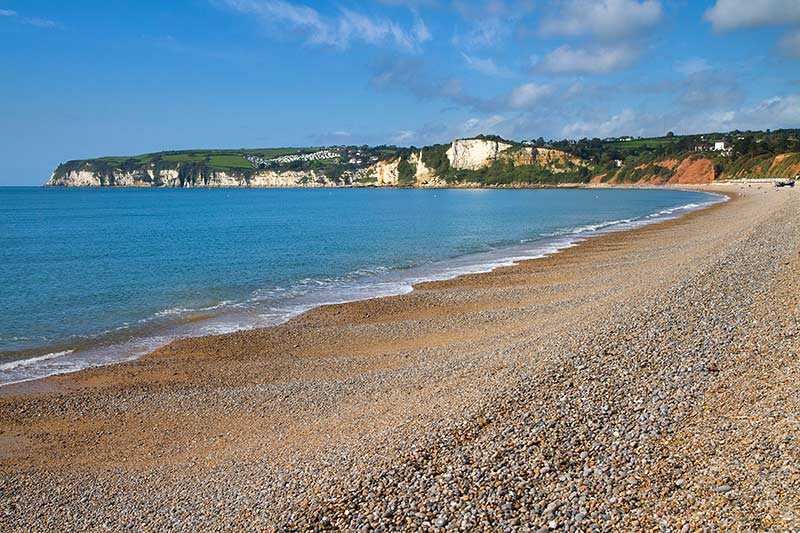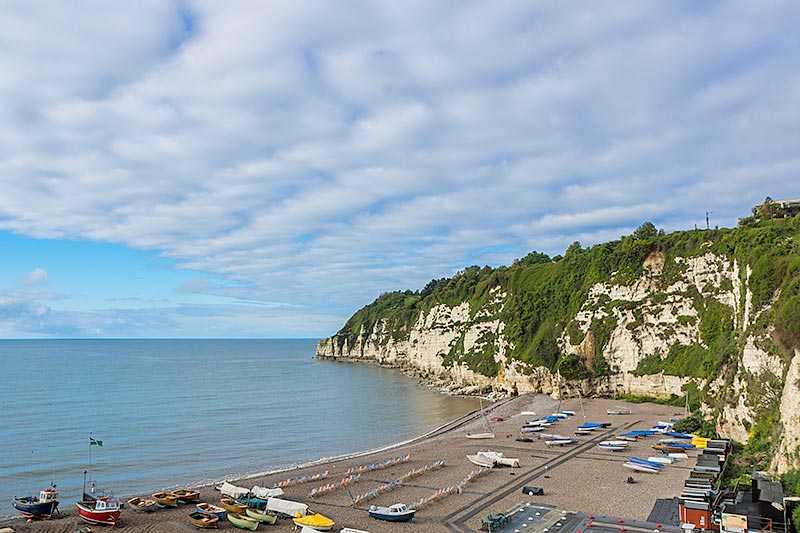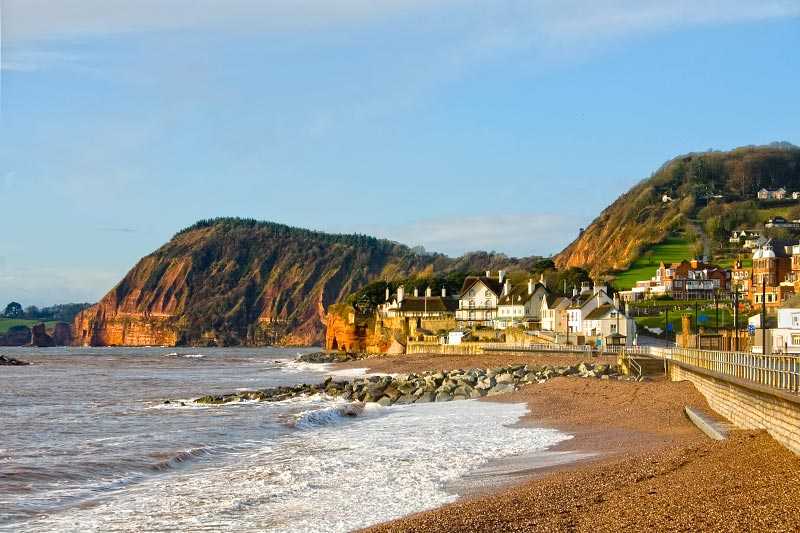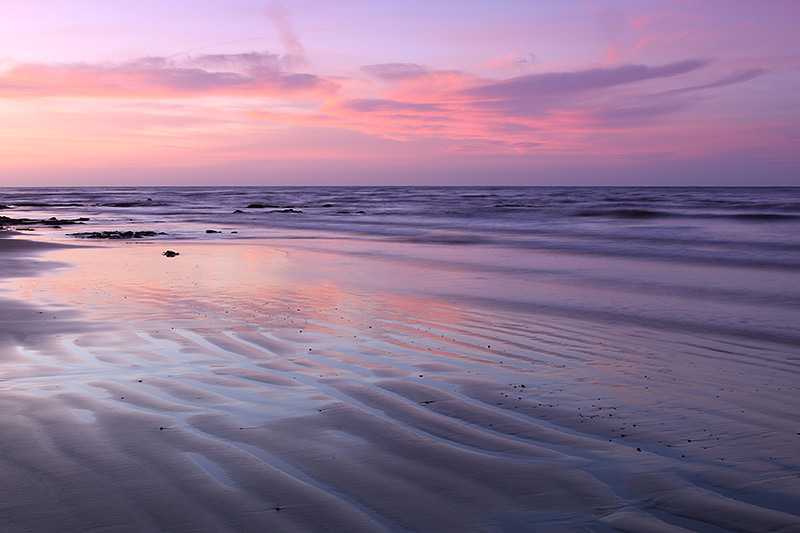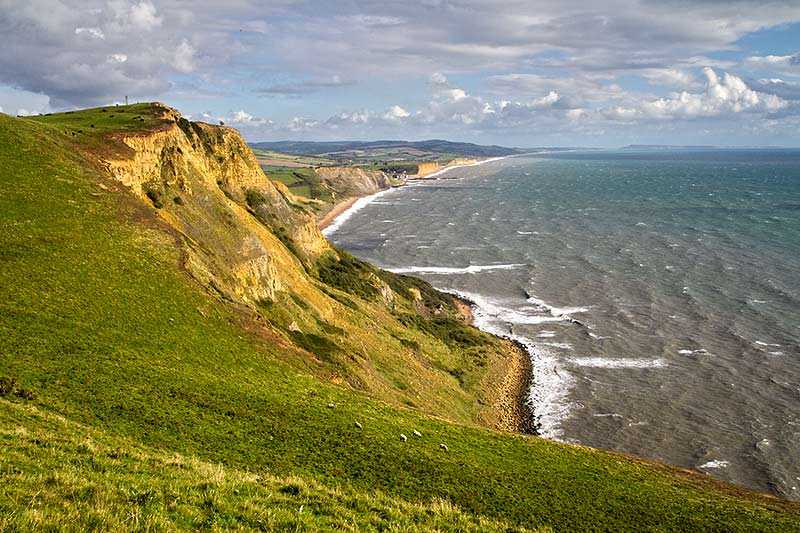Blackdown Hills AONB
Blackdown Hills was designated an Area of Natural Beauty in 1991. The Hills are on the Devon and Somerset border in south western England, and cover a total area of 370 km2 (143 mi2). Currently, ov...
Blackdown Hills was designated an Area of Natural Beauty in 1991. The Hills are on the Devon and Somerset border in south western England, and cover a total area of 370 km2 (143 mi2). Currently, over 80 organisations work in partnership to protect the landscape.
The predominant rock type is Upper Greensand, a relatively rare greenish sandstone formed from marine sediment. This has creat...
Attractions near Blackdown Hills AONB
Activities
About Blackdown Hills AONB
Blackdown Hills was designated an Area of Natural Beauty in 1991. The Hills are on the Devon and Somerset border in south western England, and cover a total area of 370 km2 (143 mi2). Currently, over 80 organisations work in partnership to protect the landscape.
The predominant rock type is Upper Greensand, a relatively rare greenish sandstone formed from marine sediment. This has created a plateau through which rivers have carved many valleys. To the north, the landscape is dominated by a dramatic, sheer and wooded scarp face and reaches a high point of 315 m (1,033 ft) above sea level at Staple Hill in Somerset, while topography in the southern part in Devon features gently rolling hills and fields.
Climate
The climate in South West England is temperate, generally wetter and milder than the rest of the country. Seasonal temperature variations are less extreme because of proximity to the coast. The annual mean temperature is approximately 10°C (50°F) and July and August are generally the warmest months.
Fauna and Flora
Sixteen designated Sites of Special Scientific Interest in the Hills protect areas of grasslands, heathland, meadows and mire from development, damage and/ or neglect. The diversity of species reflects the diversity of habitats: rivers and streams provide habitats for kingfishers, otters and Daubenton’s bat; hedgerows support dormice and common lizards; while heathland particularly favors butterflies and spiders and is regionally important for birds.
Tourism and activities
This area is distinguished by containing no towns or cities. Although the local economy benefits significantly from tourism, it has managed to stay unspoiled by it. Visitors are attracted by the peaceful, rural feel for a wide range of walking, cycling and horse riding opportunities along the quiet byways and bridleways.
